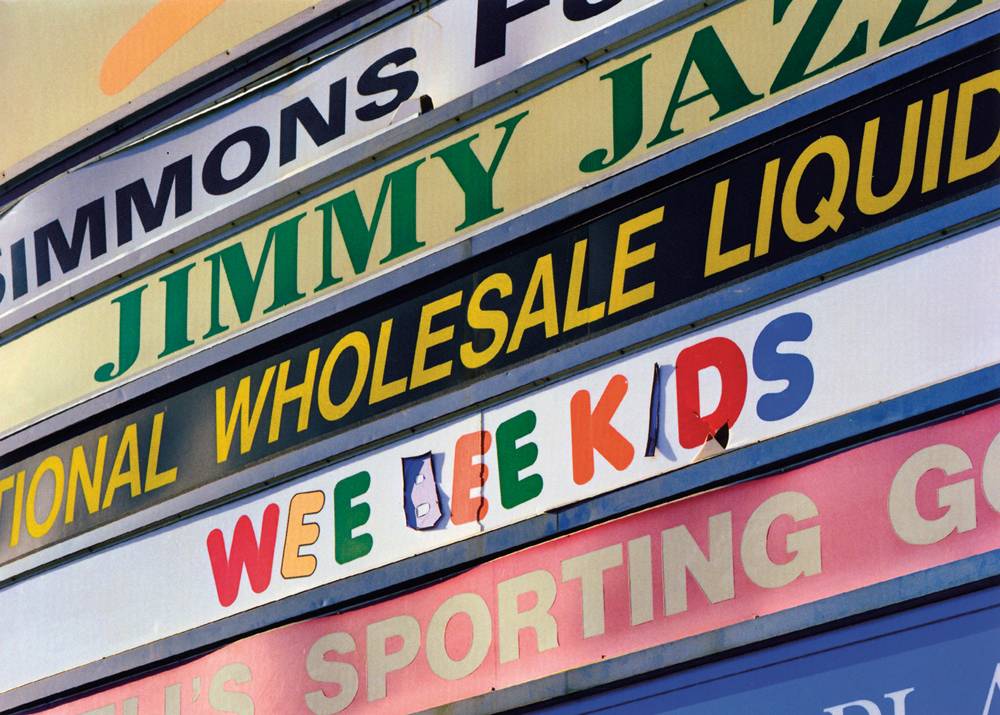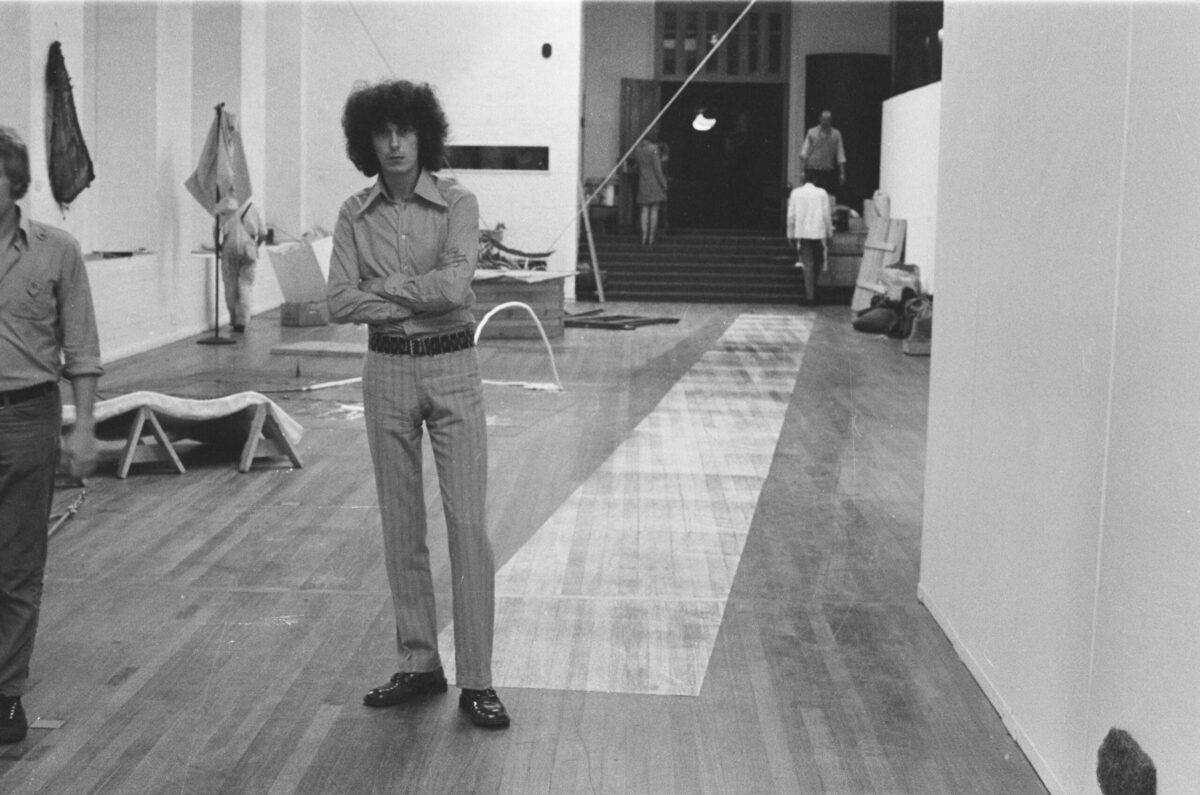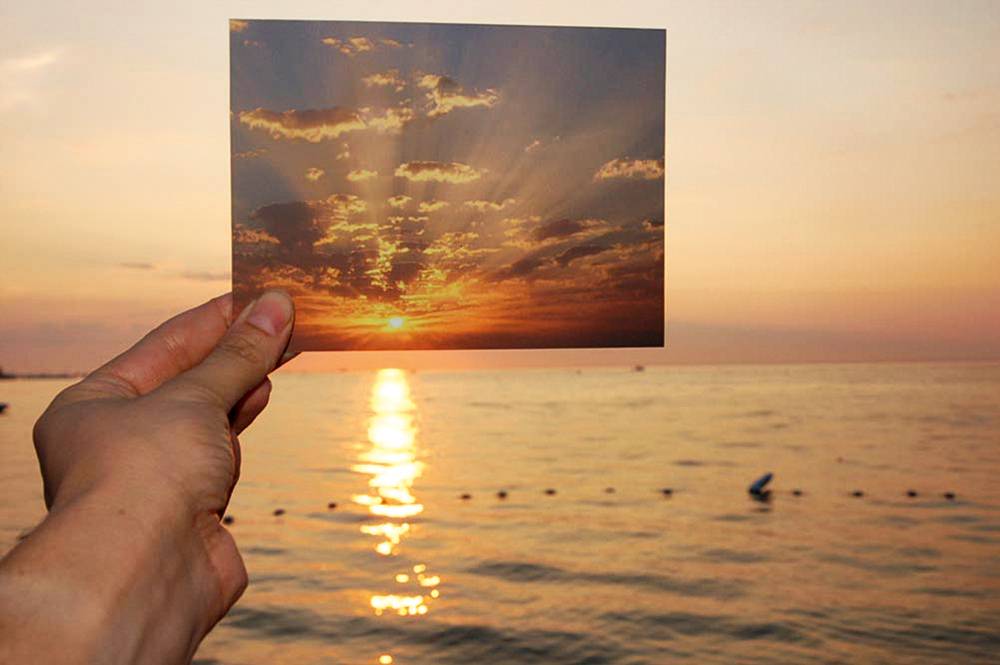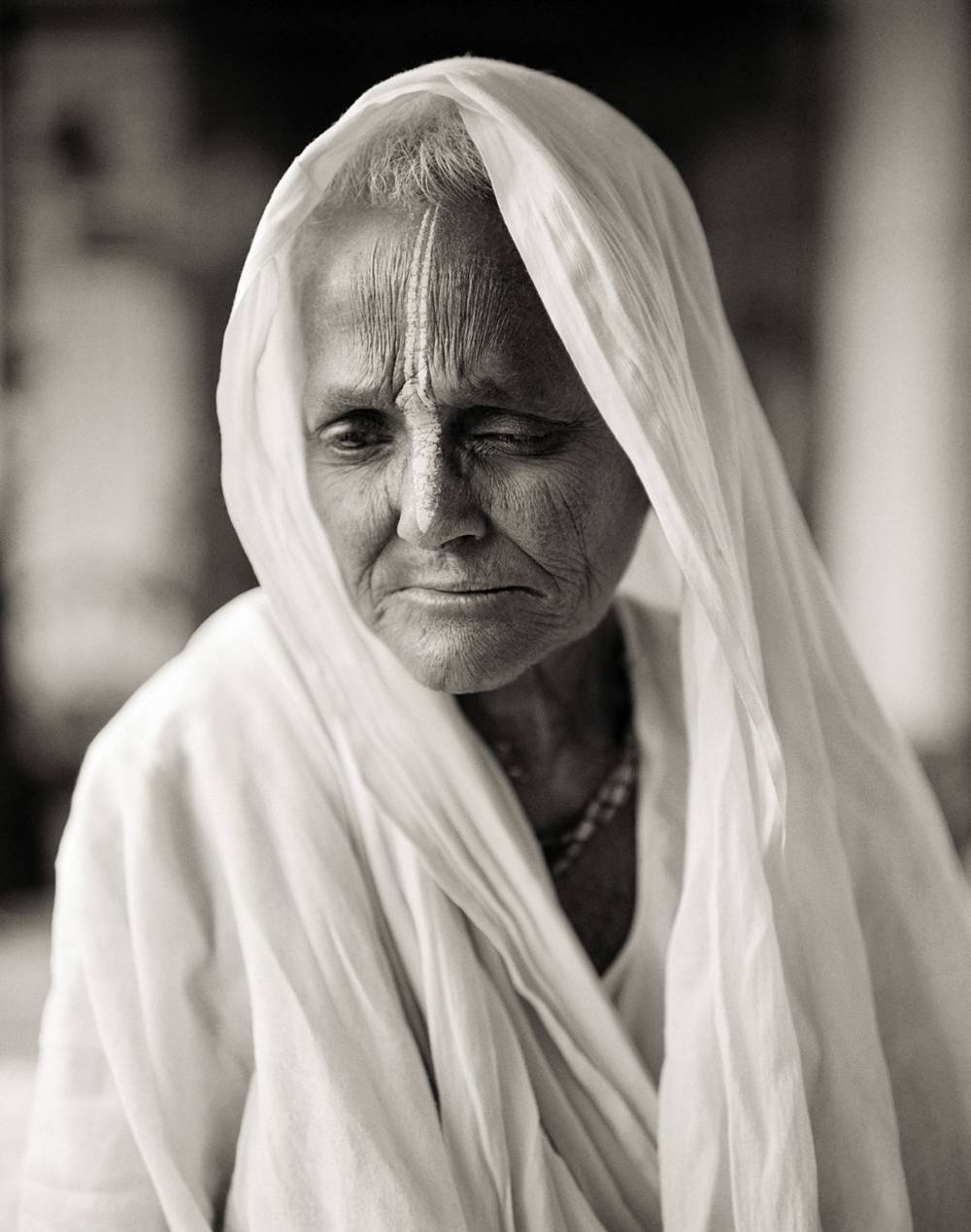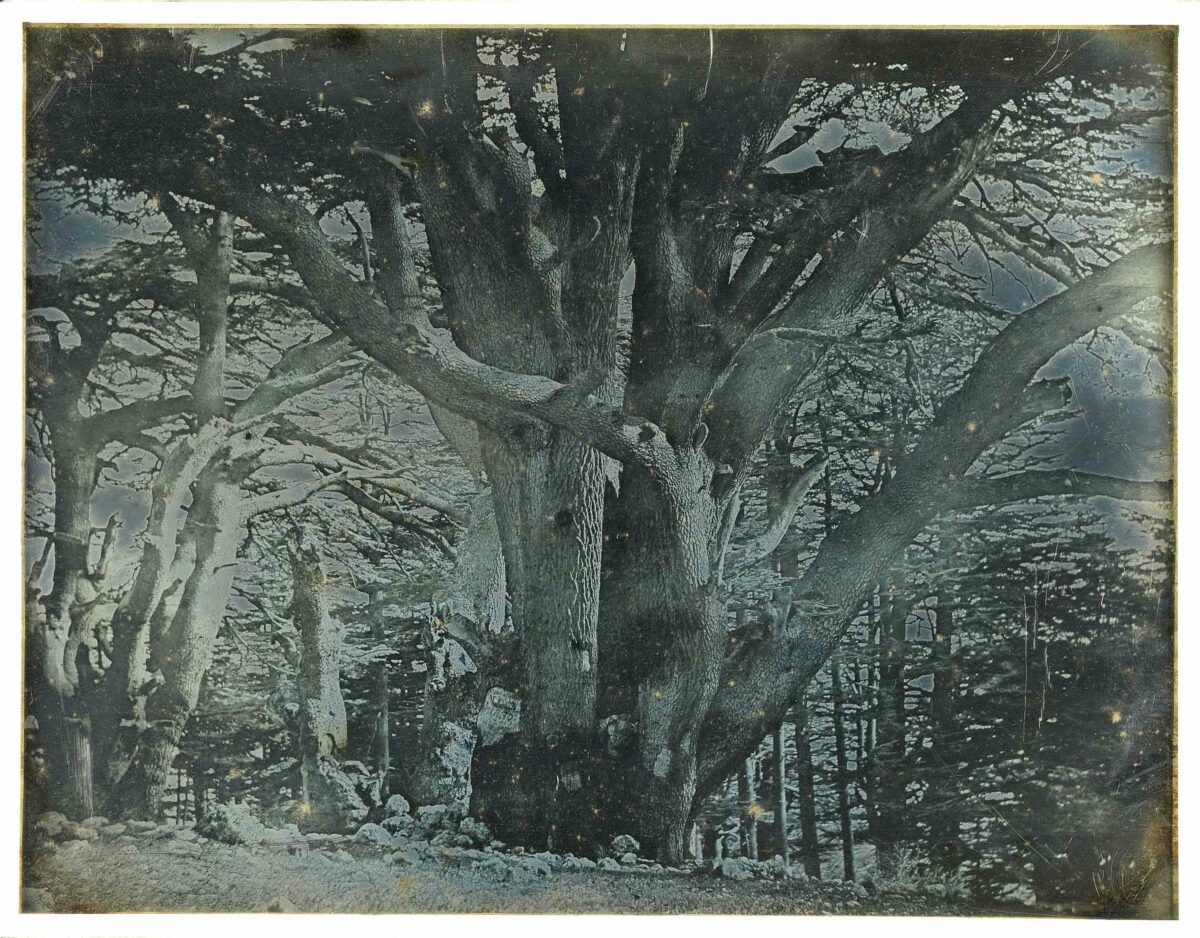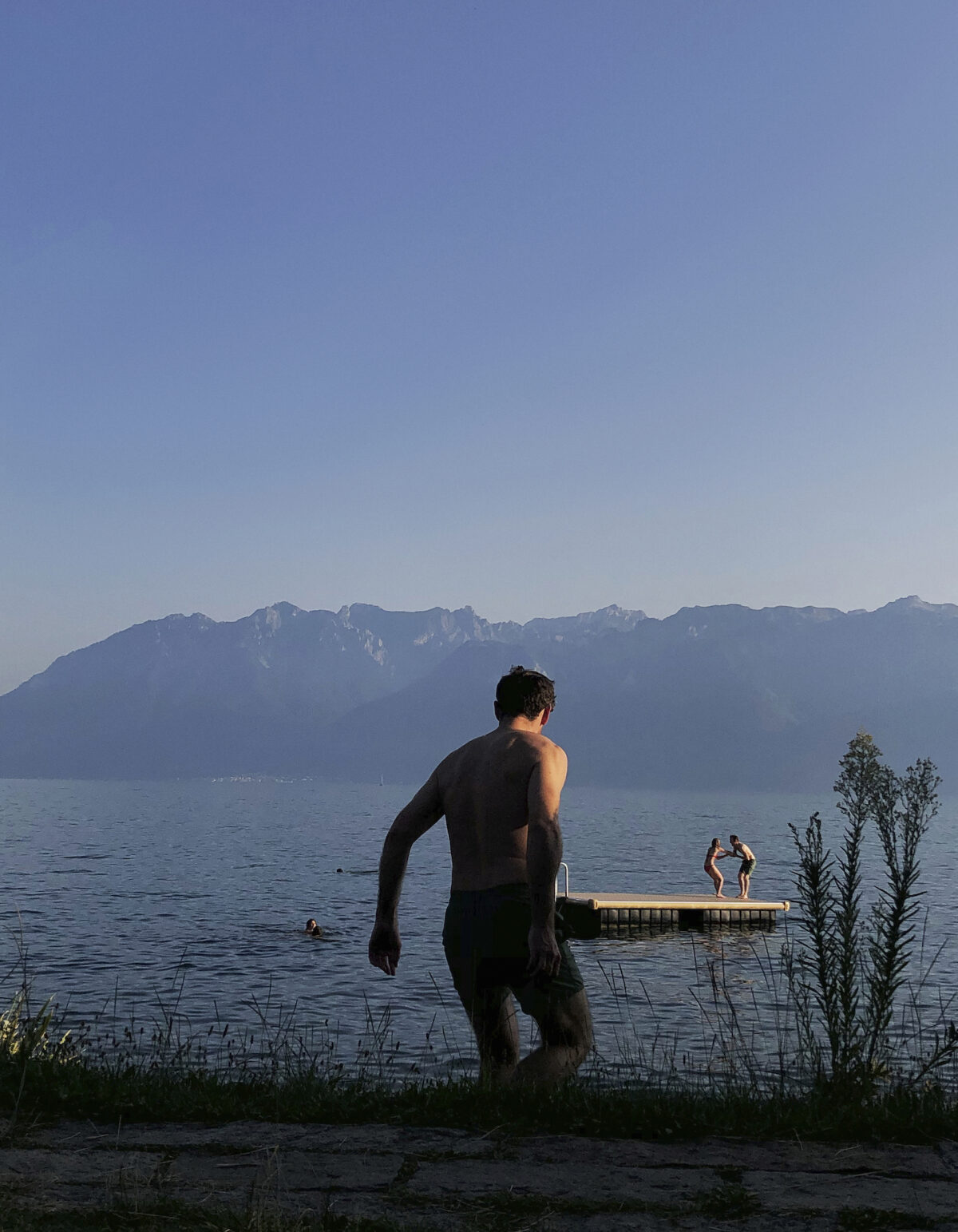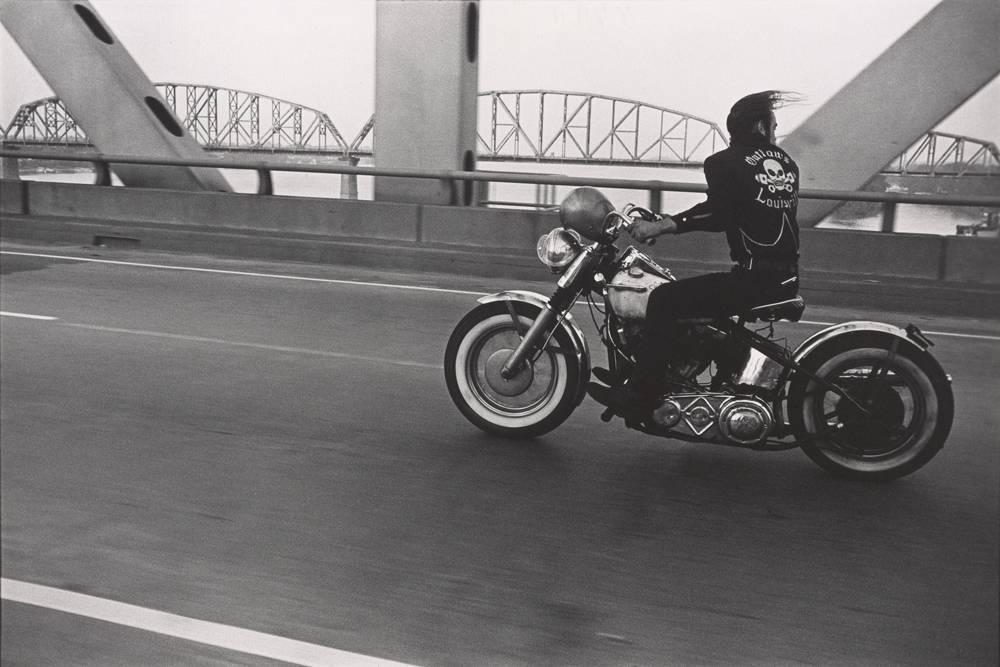William Ewing likes to tackle big topics — subjects that allow him to go deep and wide in search of photographs both iconic and unexpected. The phenomenal success of his compact but encyclopedic The Body (1994), a collection as erudite as it was vivacious, inspired a more erotically focused follow-up, Love & Desire (1999). Face (2006), a survey and exhibition of contemporary portraiture, narrowed the time span but was no less ambitious when it came to international and stylistic scope. Ewing’s latest book, Landmark(Thames & Hudson), takes on the increasingly fraught field of landscape photography (he was tempted to call it Landslide) with his usual shrewd thoroughness. Typically, the book is organized into sections that are useful but porous and overlapping, including Pastoral, Playground, Rupture, Scar, Hallucination, and Reverie. Edward Burtynsky, Richard Misrach, Mishka Henner, and Nadav Kander crop up, appropriately, in several of them. Ewing can’t avoid hitting the inevitable high notes here (Gursky, Sugimoto, Struth, Vitali, and all of the above), but his interests take him well beyond the obvious (a good third of the photographers here will be new to most readers), and he always mixes things up.
The opening section, Sublime, is an ideal introduction to his poetic approach, juxtaposing Sally Mann’s misty view of dense Southern woodlands with David Malin’s dreamy starscape, and a NASA shot of one of Saturn’s moons with Misrach’s otherworldly beach. Throughout the book, landscape and the environment are unavoidably linked; following pictures of scorched, barren, overbuilt, trashed, and toxic sites, idyllic views look fake or make-believe. And some of them are: Ewing includes fantasylands by Didier Massard, Joan Fontcuberta, Yang Yongliang, and Justine Blau, and regularly challenges us to distinguish between the real and the fabricated image. (Aerial views often look like a jigsaw-puzzle combination of the two.) But not all beauty is suspect or compromised. Ewing ends his introduction on an optimistic note: “Environmental dangers notwithstanding, there are still pleasures to be gained from landscape photographs that remind us of what we have lost, or grasp for alternative routes to the future. The landscape is constantly renewing itself, or being renewed.”
With that in mind, here are a few more landscape books worth adding to your shelves. The pictures in Nadav Kander’s Dust (Hatje Cantz) were made at nuclear test sites on the border between Russia and Kazakhstan that the Soviets had bulldozed, abandoned, and wiped off their maps. Kander says he’s drawn to ruins for their combination of beauty and melancholy, and there’s plenty of both in these contaminated sites and what remains of a nearby inland sea, once vast, now drained and desolate. Beauty and melancholy are also at work in Lois Conner’s Beijing: Contemporary and Imperial (Princeton Architectural Press), a remarkable series of black-and-white panoramas of a city torn between the future and the past. Conner’s previous books have described the imperial city in fascinating detail; here, she finds the humbler parts of that city in ruins, eclipsed by heedless modernization. Although she’s as sensitive to the new as she is to the old, Conner’s Beijing is now a construction site, and her pictures have a decidedly elegiac cast. Hiroshi Sugimoto’sDioramas (Pace/Damiani) were made between 1976 and 2012 on trips to American natural history museums. Although most of these elaborately staged environments include stuffed animals and the occasional waxworks humans, all of them are based in landscape, and in the most recent photographs, Sugimoto focuses on that aspect of what he calls unnatural nature. All these still lifes are weirdly seductive, but dioramas of forests and fields make it easier to imagine a world without us: the ultimate artifice.



